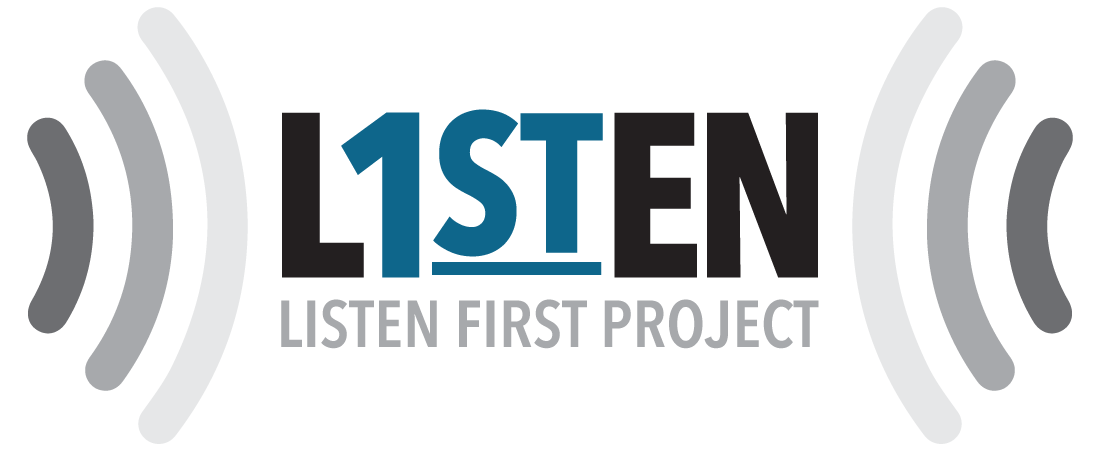Listening First as a Catalyst for Action: Environmentalists and Farmers
As someone who works closely with both the environmental community and the agricultural community, I have to confess that there can be a heaping helping of skepticism between the groups. Let me start by painting a picture of both sides for you to understand.
Farmers are in many ways the original environmentalists. As people whose livelihood depends on water, soil, and weather, farmers have a keen interest in stewarding the land for themselves and for the next generation. However, farming is hard work. Different than a factory that produces gadgets relatively untouched by factors outside of its control, the main factor that influences farming is the weather—intrinsically uncontrollable. And a farmer typically only has one shot to make money in a given year. One crop, one set of decisions in how to manage that crop in the best way to get the highest yields and feed a growing human population. If they do not get it right and leave yield on the table, they are forfeiting important profit that can be used to invest in their business the next year. In addition, growers are operating in an increasingly volatile agricultural economy. Growers want to steward their environmental and financial resources in the best possible way to stay in business, but it can be tough when operating in a biological system with so many unknowns.
The environmental community often only sees the environmental challenges associated with farming. And they can be significant. Fertilizer is necessary for growing crops, but if it isn’t used properly, it can run-off the field as water pollution or volatilize into a potent greenhouse gas, 300 times more powerful than carbon dioxide. The impacts of excess nutrients in the water are seen across the United States. When unused nutrients flood into waterway, they essentially fertilize the algae in the water rather than the crops they were intended for and cause algae blooms. In summer of 2014, the city of Toledo, Ohio had to shut down city water supplies due to a toxic algae bloom in Lake Erie, the city’s water source. The algae was caused by phosphorus loading into the lake, and the toxins in the algae could cause nausea, vomiting and liver damage if ingested. Algae can also create low-oxygen regions in a water way, called “dead zones. A massive dead zone in the Gulf of Mexico caused by nutrient loading into the Mississippi River creates large regions of the Gulf that are unfit for aquatic life.
With the scene set, you can see why there may be skepticism between the groups. Environmentalists may believe that farmers are being careless with their nitrogen and phosphorus fertilizers, putting on more than they need or at the wrong time without care of the environmental concerns. And farmers may believe that environmentalists don’t understand the nuances of farming and that even the best management practices can lead to loss of nutrients from agriculture due to weather fluctuations and lack of predictability.
But there is plenty of common ground if you commit to listening first. Farmers spend up to 50% of their operating expenses on fertilizer they apply to their farms, so fertilizer that leaves the field rather than going into the crop is wasted money. The agricultural community has a keen interest in protecting the nutrients they apply. Environmentalists want the same thing: less fertilizer leaving the field and more into the crops that feed and fuel our planet.
At Environmental Defense Fund, where I work, we have seen the value of listening. When my colleagues and I first walk into agricultural audiences, we may be met with skepticism that we don’t understand their business—that we want to tell them how to farm or blame them for every problem. But after years of listening to the needs of growers, our message is instead one of common ground—let us work together toward creating farming operations that are more profitable and lead to improved environmental outcomes by keeping fertilizer you apply on the field rather than in the environment. This is a message we can all get behind.
The win-win opportunity is a catalyst for rapid change, and you can only find these opportunities by listening first. When we start by listening rather than arguing, we can find the areas where combined resources can lead to the most impact. Rather than being stymied in lawsuits or never-ending fights, we can be actively working together towards a common goal. Listening is a huge part of what I do in my job, and I encourage you to think about where your workplace could see rapid expansion in action and outcomes by challenging common stereotypes and meeting people where they are by listening first.
Katie Anderson, Environmental Defense Fund
August 2016

